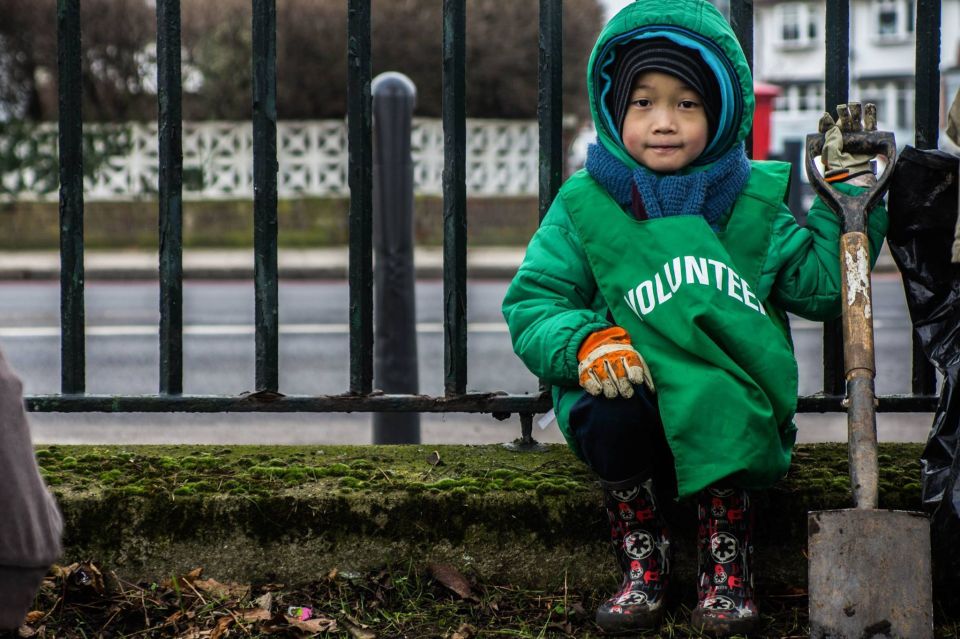Why do we plant trees in winter?

Planting trees isn’t as straightforward as you might think. What tree to plant where - and when – are important considerations, and we’re always striving to be at the top of our game.
Here we’ve tried to answer a few of your most frequently asked questions. We totally get that planting in winter might seem weird to some, but we promise it’s got its reasons! We’ll also cover why we plant whips close together to create a sort of ‘internet’ in the forest, and why climate change might affect what trees we’ll plant in the future.
If you have any other queries, check out our official FAQs or email us.
So, let’s get to it.
Why do we plant trees in winter?
Like hibernating animals, trees like to store up with food (nutrients) for winter. A year for humans is like a day for a tree, with winter being bed time and summer being the daytime when the tree grows new leaves and spreads its roots to maximise growth using energy from the sun and warm ground.
A tree can be planted successfully from November right through to March, and this will give the tree a chance to be bedded in time to grow throughout the summer. We help the trees (standards) along by watering them during the first 3 summers of being planted.
How do we decide what tree to plant where?
'Right tree, right place' is a phrase often used in tree planting. Lots of factors can determine what trees might grow best in a location, including the community in the area, its use to the community (for example apples to pick), its look and feel, soil pH, geology, temperature and space. The changing climate can also have an impact on what trees are suitable to plant.
When you plant a tree, you'd imagine it might be there for a very long time, maybe even hundreds of years. The oldest tree in the world is in Sweden, and is thought to be 9,500 years old! The oldest in London is a 2,000-year-old yew tree in Totteridge. Trees provide us with all types of benefits: boosted health and well-being, more pleasant living spaces, improved air quality and flood reduction, to name a few. These benefits begin as soon as a tree is planted right through to its entire lifespan, which as demonstrated with the above examples, can last for hundreds, maybe even thousands of years.
Why do we plant whips close together?
Like humans and animals, trees love being close to their family. A tree can only be as strong as the forest that surrounds it. When they are planted close together (70cm -1m apart) and in clumps of the same species, they can work together to establish, protect themselves and grow taller so they can reach the sun. Trees connect with each other in the forest's microclimate through their roots and the 'mychorizal' fungi network underground (think of it as the internet of the forest).
Overtime, the trees will grow bigger but once they are mature and the canopy is broader, some will die off and young trees will start growing again at ground level, creating different levels of the canopy. Any dead and dying trees create a mulch on the woodland floor to feed the forest.
In cities, a new woodland that is densely planted will be more protected from trampling humans and animals in its early years because it will be more obvious to the eye.
Donate to Trees for Cities and together we can help cities grow into greener, cleaner and healthier places for people to live and work worldwide.
Donate